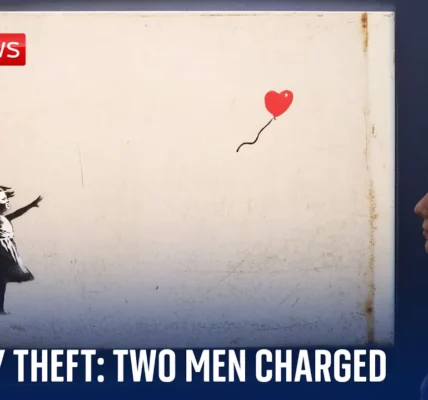A Deep Dive into Southeast Asia’s Scam Centers: Human Trafficking and Cybercrime

This article explores the harrowing realities of scam centers in Southeast Asia, revealing the hidden world of corruption, greed, and human suffering that thrives beneath the surface of this billion-dollar industry.
Introduction
The story of Southeast Asia’s scam centers is one marked by corruption and greed, revealing a billion-dollar industry that operates in secrecy and often with deadly consequences. These operations, cloaked in deception and darkness, are not merely business ventures but rather brutal enterprises that exploit vulnerable populations. This article seeks to uncover the grim truths behind these scam centers, their operations, and the individuals trapped within their walls.
Understanding the Scam Centers
Scam centers are notorious for their deceptive practices, often employing tactics that are more horrific than fictional horror stories. Operating primarily across Southeast Asia, these centers are characterized by their brutal enforcement and exploitation of workers.
The Nature of Operations
Within these compounds, individuals are coerced into committing fraud, typically targeting victims globally through online scams. The methods employed are sophisticated and psychologically manipulative, often involving:
- Fake identities on dating platforms.
- Investment scams, particularly related to cryptocurrency.
- Gradual trust-building followed by exploitation.
The Human Cost
Many workers in these centers are not criminals by choice but are victims of human trafficking. They endure extreme conditions, including:
- Physical torture and abuse.
- Chaining and confinement in dark, windowless rooms.
- Lack of food and sleep.
The Role of Organized Crime
These scam operations are often linked to organized crime, including the Chinese Mafia. Their existence is supported by local militias in regions like Myanmar, which creates a lawless environment where human rights violations can flourish.
The Connection to Human Trafficking
Victims are frequently trafficked across borders, forced into cyber slavery with little hope of escape. The financial demands placed on them to gain freedom can be astronomical, often requiring families to sell everything they own.
Inside the Compounds
Recent investigations have revealed the shocking reality of life inside these scam centers. For instance, a compound known as Tai Chong has come under scrutiny for its inhumane treatment of workers.
Life in Tai Chong
Reports from former workers describe Tai Chong as “hell on Earth,” where:
- Workers are held against their will.
- They are subjected to severe punishment for failing to meet targets.
- Surveillance and security prevent any form of escape.
Expansion and Growth
Despite international scrutiny, these centers continue to expand. New compounds are being constructed, indicating a growing demand for their illicit services.
Rescue Efforts and Challenges
Organizations and individuals are working tirelessly to rescue victims from these scam centers. However, the challenges they face are immense.
Attempts to Escape
Rescuers often report that individuals trying to escape are subjected to brutal reprisals. They may have to pay hefty ransoms or risk their lives attempting to flee.
Need for Greater Awareness
Raising awareness about the realities of these scams is crucial. Many potential victims are unaware of the dangers associated with seeking jobs in these regions, which can lead to dire consequences.
Conclusion
The investigation into Southeast Asia’s scam centers reveals a complex web of human suffering driven by greed and corruption. The existence of these centers underscores the urgent need for international cooperation to combat human trafficking and cybercrime. Awareness and education are paramount in preventing future victims from falling prey to this dark industry. We encourage readers to share this information and support organizations working to rescue and rehabilitate victims trapped in this cycle of exploitation.
For more information on human trafficking and how you can help, visit our Human Trafficking Awareness page.
“`




